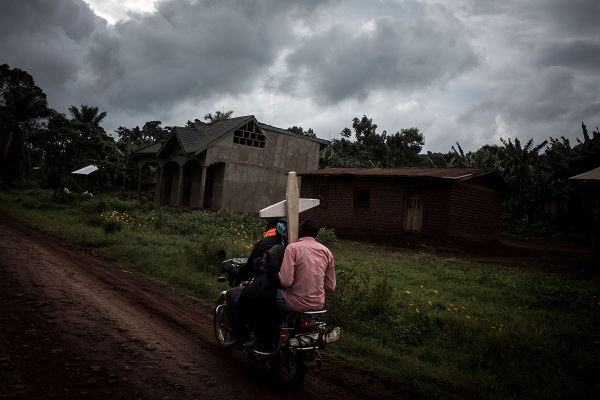Archaeological Find Suggests Ancient Israel's Capital Was Burned
An archaeological dig has uncovered what appears to be evidence that Shiloh, the ancient capital of Israel that was once the site where the Tabernacle and Ark of the Covenant could be found, was destroyed, at least in part, by fire.
Excavators working in Tel Shiloh, the site of the ancient city, have uncovered the remains of a broken clay pitcher which was found lying in a layer of reddish ash, Tazpit News Agency reports. The finding leads them to believe the city was burned after 369 years of being the nation's religious center. The pitcher is suspected to be from around 1050 B.C. – the time the events described in the biblical book of 1 Samuel would have likely occurred.
But why was the city burned? The book of 1 Samuel describes a battle between the Philistines and Israel in which the Philistines were victorious and even took possession of the holy Ark, which had been brought into the camp of the Israelites during the battle, for a time. The Philistines, it is now believed by some, later sacked the city and burned it.
"These new archaeological findings tell us of how it happened," Tazpit News Agency reports. "After the battle, which took place at Even Haezel, near modern day Rosh Ha'ayin, the Philistines moved on to destroy Shiloh, with the objective of obliterating the capital."
The director of the Tel Shiloh site, Avital Selah, told the news agency that the discovery was made during a major dig in which approximately 1,000 youth volunteers from across Israel participated. While food leftovers and other findings that are believed to have come from the same time period were discovered about three decades ago at the same site, the recently discovered layer of ash offers more information about how the city met its demise.
Shiloh became the pre-Jerusalem spiritual center for the Israelites after the nation, under Joshua's leadership, set up the Tabernacle there during the period of the judges (Joshua 18:1). It is also the place where the prophet Samuel was dedicated by his mother to serve in the Tabernacle and was raised under the care of the high priest Eli.
Less than a year ago it was announced that an Israeli heritage committee had decided to allocate the equivalent of about $1.3 million to the preservation of the Tel Shiloh site, Haaretz.com reported at the time, and approximately $2.5 million in private donations would also be given to that end. The funds went toward more excavations and the construction of a visitor center for tourists who want to learn about life in Bible times.
Noah Wiener, web editor for the Biblical Archaeology Society, recently posted his list of the top 20 Biblical archaeology stories from 2012. Included in the list are stories about the discovery of an ancient mosaic depiction of Samson and a "bulla," or seal, marked with the earliest known mention of the town of Bethlehem.





















